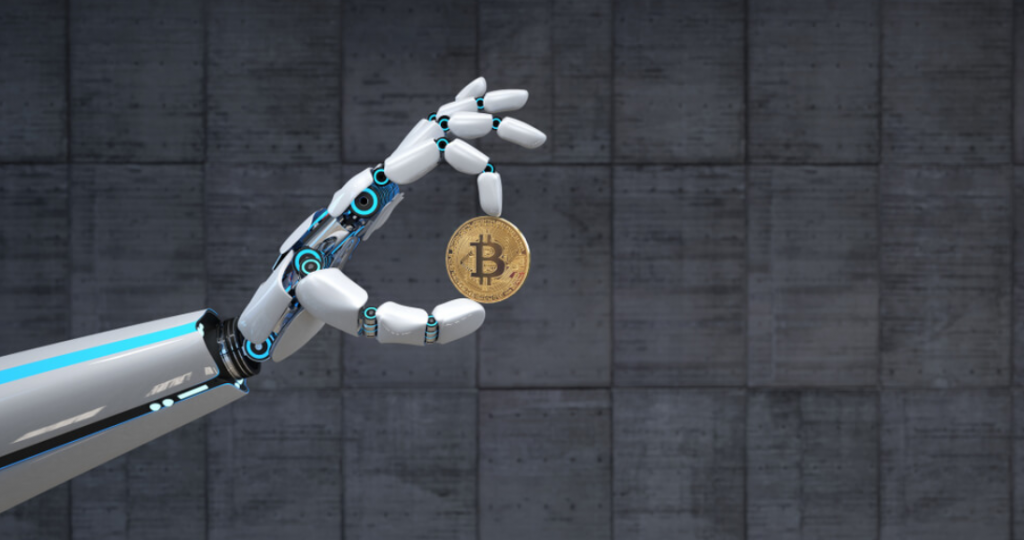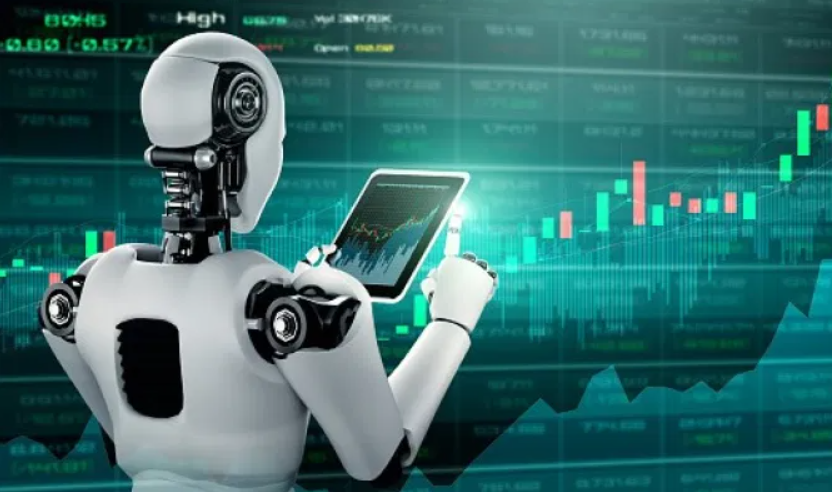Have you ever wondered why “vaporware” coins that have little to offer are still trading among the top digital assets with millions in daily trading volumes and asset prices that just seem off? Well, there are several reasons for that and trading bots are likely one of them.
In this article, we discuss the role of trading bots in the cryptoasset market and how their use could lead to inflated digital asset prices.
How do trading bots work?
A trading bot is a software that automatically executes trades on behalf of its owner based on predetermined settings. Connected to exchanges via trading APIs, bots can execute a wide range of trading strategies by making hundreds of trades per day in a completely hands-off manner.
The most common types of trading bot strategies in the cryptoasset markets include arbitrage, market making, mean reversion, and momentum trading, and many combine different technical indicators to make automated trading decisions.
Trading bots can be an excellent addition to a trader’s arsenal as they help to keep emotions out of the equation by religiously executing a predefined trading strategy. However, the widespread use of trading bots can have negative consequences for the markets they operate in.
How trading bots inflate asset prices
While it is impossible to know exactly what and who drives price action in the crypto markets, we know that a substantial amount of daily trading activity is conducted by trading bots as opposed to human traders clicking the buy and sell buttons.
There have been plenty of stories in media of exchange-driven wash trading to inflate exchange volumes but how can bots inflate prices too?
Well, there are a number of ways.
Let’s say you run a trading bot that buys X amount of an altcoin as soon as the price of the coin drops by 3% and sells X amount of the same coin as soon as it rises by more than 3%, your bot – provided it trades large enough volumes – could support the trading range of that particular coin.
By providing a certain degree of price support, these types of mean reversion bots could be helping altcoins that shouldn’t really be trading among the most valuable digital assets to be where they are.
Another way bots could temporarily inflate asset prices would be through placing several large buy orders in a number of exchange order books to give the market the impression that a bull run is about to happen. Retail traders would see these large orders and place buy orders higher than the bot’s orders to get their hands on the coin before it will seemingly increase in price. If enough traders fall for the bots manipulative tactics, the price of the coin will rise and causing the price to artificial inflate.
Market making bots could also manipulate crypto prices by putting several very small orders close to the mid-price – to entice retail traders to place market orders – but place larger orders at a much higher (or lower) price so that the retail trader ends up executing at a much worse price. This type of nefarious bot trading could cause retail traders to regularly pay inflated prices for coins.

What can be done about too many bots in crypto?
Frankly, you can’t do much to stop traders from using bots. Trading bots are not inherently evil nor are the traders that operate them. The issue becomes when too many bots are creating a fictitious market that inflates volumes and manipulates prices because that can end up hurting retail traders.
Even though most traders and trading platforms would probably prefer the market to remain light on regulation, that could be one of the answers.
“Liquidity in crypto markets is extremely thin. I estimate that more than 95% of derivatives trading volume is not organic buying and selling but algorithms battling each other,” Gustav Wagner, Founder and CEO of BlockFacts, a financial data provider for cryptoassets, told Cryptonews.com.
According to him, this causes constant spikes in the market, effectively hurting retail traders by stopping them out of positions.
“In order to change this, the industry would need to be regulated,” he concludes.
Whether regulation should come from financial regulators or through self-regulatory actions from the exchanges themselves would be up to the involved parties to decide. What is clear, however, is that nefarious trading bot activity in the crypto markets could damage crypto’s image to the extent that it will not become a globally recognized asset class akin to stocks, bonds, and commodities.

Ethan Moore, crypto and stock trader since 2012. Co-founder of Blockwatch experts team.
